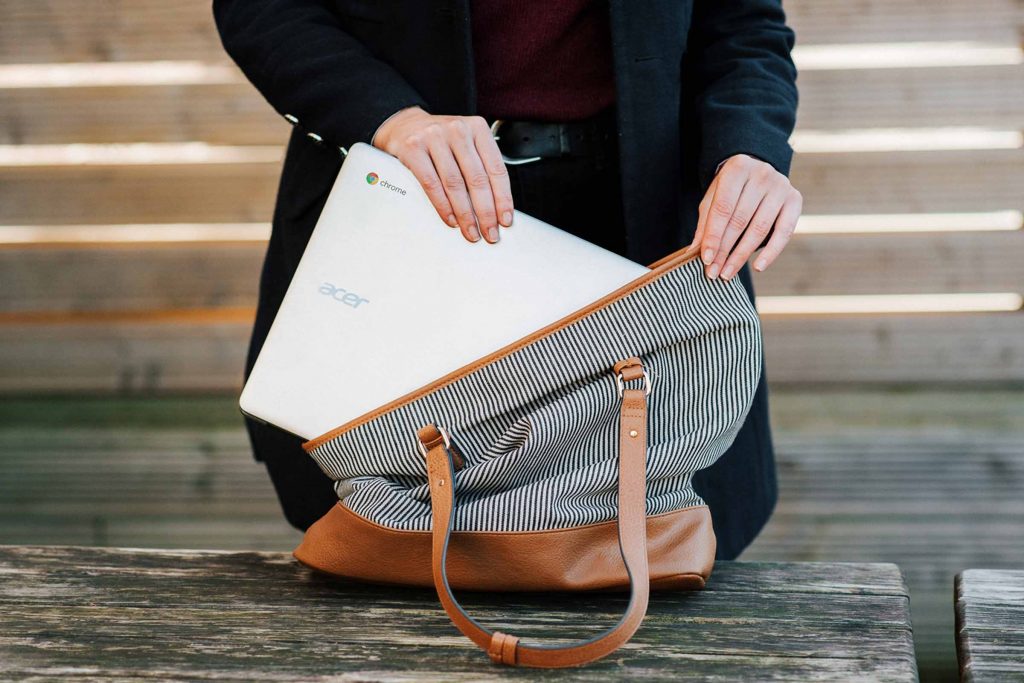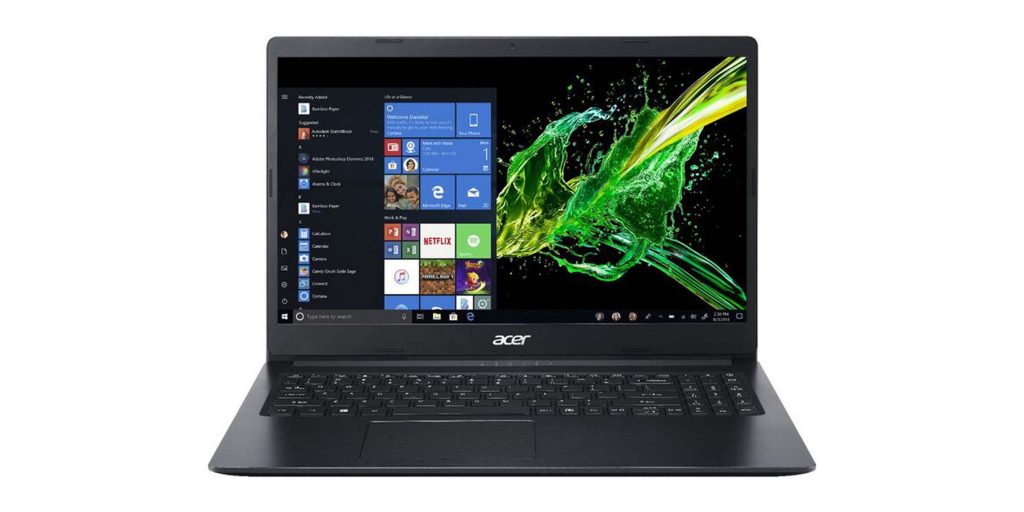Long gone are the days when the back-to-school list comprised purely of a bunch of pens and a hefty chunk of exercise books.
These days, you’re far more likely to find a request for a BYOD (Bring Your Own Device) computer for your high school student amongst your high school’s list of pre-requisites.
For some high schools, this can be a strictly prescribed matter, with just a handful of “approved” choices. That limits your selections but is easier to manage, though many of those schools do tend to lean towards the pricier options.
Most do tend to live within the BYOD ethos, however, instead setting a list of required features for any given computer that a high school student will need. But how do you go about finding the best fit for your high schooler?
What to look for in a high school student laptop
Durability
The stationery requirements may have changed, but the reality of high school life is as it ever was. A student’s laptop will be bumped around in backpacks, thumped as it’s brought down on desks and probably dropped once or twice due to distractions, uneven pavements or teens who just aren’t paying attention. You don’t have to go for full military-grade protection, but here a more rigid aluminium-body laptop is more likely to last the distance than a cheaper plastic one.

Battery life
A typical school day runs around 9am to 3pm, so in theory six hours is all you need, right? It’s nowhere near that simple, sadly. Manufacturer claims around battery life are always “up to” figures that often work off very light usage scenarios, which isn’t always what your teen will be doing.
Bear in mind that if your teen can’t always reliably pick up their socks off the floor, the odds of them always remembering to charge their laptop before the school day probably isn’t that high either. Some laptops with USB-C ports will allow charging from higher capacity USB-C chargers, which can get them out of a power pinch in some circumstances.
Portable or luggable?
Laptops have taken over from desktops in everyday life for sure, but there’s a careful balancing act between the thin-and-light ultraportables (usually pricey) and more regular but chunky models that are more luggable than portable.
This matters a lot when your child has to carry them around in a bag all day. That nice big screen could be great for learning, but not if it’s going to feel like a sack of potatoes by the end of the day.

Don’t just meet the specifications, meet the need
Most BYOD schools don’t so much care about the operating system at play – typically any of Windows, macOS or ChromeOS – but that doesn’t just mean you should buy something that has the minimum listed specifications.
It very much depends on what subjects your high school student is likely to do for the life of the laptop. If your child is keen on any IT subject – ICT, multimedia (including some art subjects), potentially even music production – then it can be well worth stepping above the minimum specifications to ensure that they can get their work done in a timely fashion.
There’s not going to be much more disruptive to their learning than sitting there waiting for a file to finish processing when the teacher’s moving on to the next topic. Conversely, if they’re doing more in less computationally intensive subjects (standard maths, English, most languages for example) then a lesser-powered machine is just fine.
Best laptops for high school students
Apple MacBook Air

Apple’s not a company known for making low-cost computers, but the Apple MacBook Air is in some ways a bit of a bargain. Why? Because it’s a generally high-powered computer in a very light frame, making it ideal for high school use.
Its aluminium build also gives it a degree of rigidity, so it can take a few bumps and knocks as well. The newer “M1” MacBook Air models are also very powerful for the asking price, giving them good scope for many years of high school use. It’s worth checking that your child’s high school is fine with Mac applications – most are – however, especially for more IT-centric subjects.
View the Apple MacBook Air here.
Lenovo Chromebook Duet 5

Lenovo’s Chromebook Duet 5 takes a lot of design inspiration from Microsoft’s flexible Surface Pro line, with a tablet-style display and included keyboard and kickstand built-in. ChromeOS can be great for general purpose high school subjects as it’s a nicely locked-down, web-centric OS that leans heavily into the Google ecosystem – which is exactly what many schools that use Google Classroom and Google Docs do already.
The mixed-mode of tablet and laptop in one can also be handy for art students if you opt for a stylus, and its low power consumption should see it through a day’s high school use – and maybe even two – without too many problems.
Like macOS, it’s worth checking that ChromeOS is going to be suitable for every subject your child is going to do, however, especially if the school uses specific Windows-only apps with no ChromeOS or Android equivalent.
Check out the Lenovo Chromebook Duet 5.
Acer Aspire 3

Picking the best “low cost” laptop is always a story of managing compromises, because they’re all built to a price, rather than a specification list. Acer’s Aspire 3 will better suit a general-purpose high school student rather than an aspiring IT professional, but with 8GB of onboard RAM and 128GB of onboard storage, you’re still getting a generally capable machine that should outclass the cheaper 4GB RAM/64GB storage options out there.
The stated 9.5-hour battery life will almost certainly be a little lower in real-world usage, but that should be enough for most basic high school days.
You can take a look at the Acer Aspire 3 here.
Lenovo 14 Yoga 9i

If your high school child is hitting the heavier IT subjects such as multimedia or information technology subjects in general, it can be well worthwhile investing in a more powerful laptop to see them through their entire study period. Lenovo’s Yoga 9i is a nicely lightweight and portable system with a revolving hinge allowing it to work as either a full laptop or tablet.
With an onboard Core i7 processor and 16GB of RAM, it’s also very powerful, so those school programming projects, or video presentations should render with some serious speed. Battery life is also generally very good, even under sustained workloads, making it a good choice for all-day lesson use.
See the Lenovo 14 Yoga 9i for yourself.
Laptop repair services
Laptop repairs
Whatever the brand, there’ll be an expert technician who can get your laptop back up and running.
Mac repairs
Our Apple MacBook repairs include virus and malware removal, data recovery, email setup and more.
Tablet repairs
Alongside iPad and Android tablet repair services, we can set up your tablet and provide you with training on how to use it.




